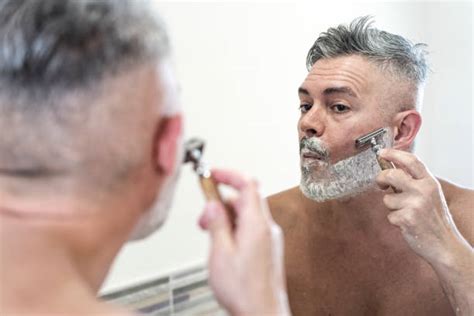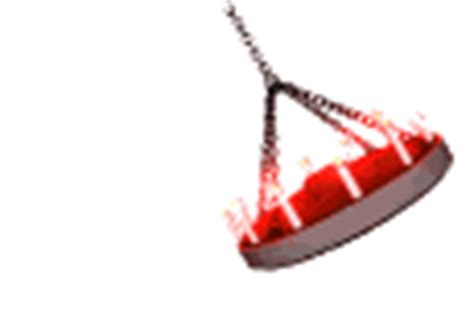Achieve irritation-free shaves: Combat razor burn & ingrowns for peak skin health?

Introduction: Banish Shaving Woes for Good
Shaving is a daily ritual for many, yet it often comes with unwelcome guests: razor burn, redness, and painful ingrown hairs. These common irritations not only mar your appearance but can also signify deeper skin health issues. But what if you could turn this chore into a comfortable, skin-loving experience? Achieving a consistently smooth, irritation-free shave is entirely possible with the right knowledge and a dedicated approach. This guide will walk you through the essential steps to combat these shaving nuisances, ensuring your skin remains healthy, happy, and remarkably smooth.
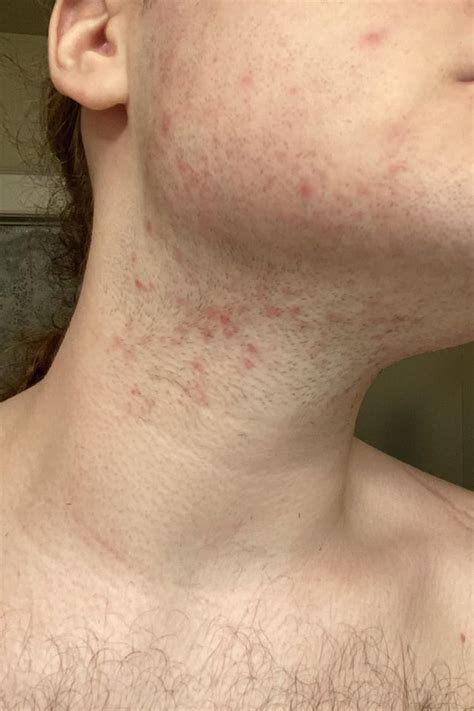
Understanding the Culprits: Razor Burn and Ingrown Hairs
Before we tackle prevention, it’s crucial to understand what we’re fighting. Razor burn is an angry red rash that appears shortly after shaving, often accompanied by stinging or itching. It’s typically caused by a dull blade, dry shaving, or shaving against the grain, which creates microscopic nicks and irritation on the skin’s surface.
Ingrown hairs, on the other hand, occur when a shaved hair curls back and grows into the skin instead of out. This can lead to red bumps, inflammation, and even infection. They are particularly common in areas with coarse or curly hair and can be exacerbated by improper shaving techniques, clogged pores, or tight clothing.
The Foundation: Essential Pre-Shave Preparation
A great shave starts long before the blade touches your skin. Proper preparation is paramount:
- Exfoliate Gently: 1-2 times a week, use a mild facial scrub or chemical exfoliant to remove dead skin cells and lift hairs, preventing them from becoming trapped.
- Warm Up Your Skin: Shave after a warm shower or by applying a warm, damp towel to your face for a few minutes. This softens the hair follicles and opens pores, making hairs easier to cut.
- Apply Pre-Shave Oil: A thin layer of pre-shave oil creates a protective barrier between your skin and the razor, allowing for a smoother glide and reducing friction.
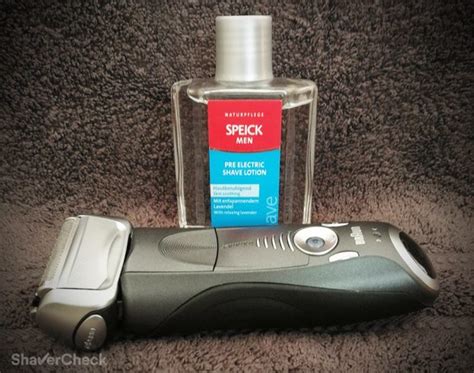
Mastering the Shave Itself: Technique and Tools
Your shaving technique and tools play a critical role in preventing irritation.
- Sharp Blade is Key: A dull blade tugs at hairs, causing irritation and nicks. Change your razor blade every 5-7 shaves or when you feel it dragging. Consider a safety razor for a closer, single-blade shave that reduces irritation for many.
- Quality Shaving Cream/Gel: Use a rich, lubricating shaving cream or gel that creates a thick lather. Avoid aerosol foams with harsh chemicals or excessive alcohol that can dry out your skin.
- Shave with the Grain: Always shave in the direction your hair grows first. This reduces tugging and minimizes irritation. For a closer shave, you can re-lather and shave across the grain, but never against it, especially if you’re prone to ingrowns.
- Short, Light Strokes: Let the razor do the work. Apply minimal pressure and use short, controlled strokes. Rinse your blade frequently to prevent clogging.

Post-Shave Sanctuary: Soothe, Protect, and Hydrate
The job isn’t done when the last hair is cut. Post-shave care is vital for calming the skin and preventing issues.
- Rinse with Cold Water: A splash of cold water helps close pores and soothe the skin, reducing redness and inflammation.
- Apply an Alcohol-Free Aftershave Balm: Avoid harsh, alcohol-based aftershaves that can dry and irritate. Opt for a soothing, hydrating balm containing ingredients like aloe vera, witch hazel (alcohol-free), or allantoin.
- Moisturize Regularly: Even on non-shaving days, keep your skin hydrated with a non-comedogenic moisturizer. This helps maintain skin barrier health and elasticity.
- Loose Clothing: After shaving areas like the legs or bikini line, wear loose-fitting clothing to prevent friction and allow the skin to breathe, reducing the risk of ingrown hairs.
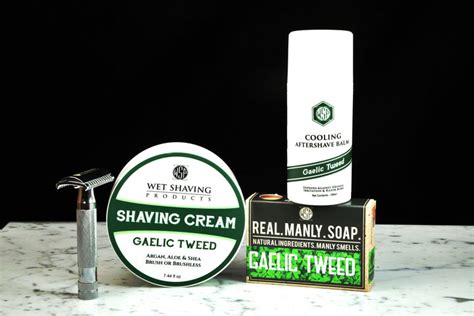
Troubleshooting and Long-Term Prevention
Even with the best routine, occasional issues might arise.
- Dealing with Ingrowns: If an ingrown hair appears, avoid picking at it. Apply a warm compress to help bring it to the surface. A salicylic acid or glycolic acid spot treatment can help exfoliate the area gently. If it persists or becomes infected, consult a dermatologist.
- Consistency is Key: Sticking to a consistent pre-shave, shave, and post-shave routine is the most effective way to prevent razor burn and ingrowns over time. Your skin adapts, becoming more resilient.
- Consider Alternatives: If traditional shaving continues to be problematic, explore other hair removal methods like electric shavers, depilatory creams, or laser hair removal, especially for very sensitive skin or severe ingrown issues.

Conclusion: Embrace the Smoothness
Achieving irritation-free shaves is not just about avoiding discomfort; it’s about nurturing your skin for peak health. By adopting a mindful approach to your grooming routine – from thorough preparation and precise technique to diligent post-shave care – you can transform a once-dreaded task into a refreshing experience. Say goodbye to razor burn and ingrown hairs, and hello to consistently smooth, healthy, and confident skin. Your complexion will thank you.






